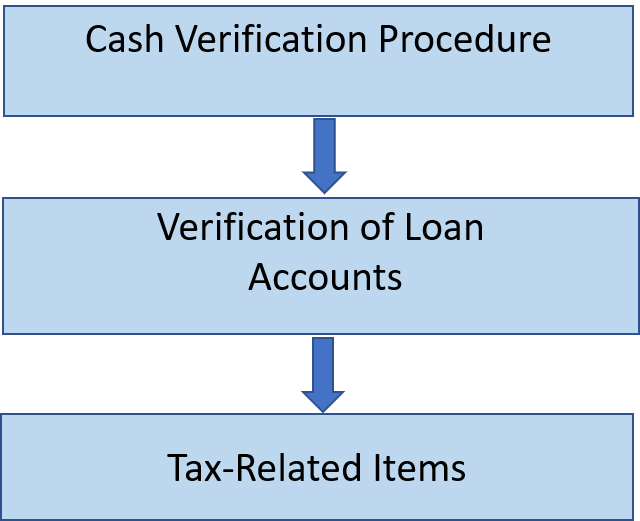Statutory audit is nothing but a financial audit which is to be performed by every functioning company irrespective of the size of the business. The statutory audit will help the stakeholders to rely on financial statements. Stakeholders other than shareholders also get benefited from the statutory audit as they can take their call based on the accounts as they are audited and authentic. From the accuracy to the authenticity of the company’s spends, an auditor is responsible to check all the information and share his impartial views.
The purpose of a statutory audit is to ensure that these accounts of the company represent a fair and accurate picture of the company’s current financial position on the date of the balance sheet.
Process to Conduct a Statutory Report
Nowadays, all statutory auditors are given a time frame in which they have to undertake the audit of the branches that are allotted to them. An auditor should immediately accept the appointment send a formal communication to the branch management and all other information that he would require in his audit.
The auditor will have to ensure that their report should include the quantification of advances, deposits, interest income and interest expenses. The important elements to check in the statutory audit of banks are:

- After conducting the through audit, an auditor has to give an audit report for the same. An auditor is required to make a report as mentioned in the engagement letter in which he has to state the following:
- Whether the balance sheet is showing true and fair view containing all the necessary particulars to exhibit a true and fair view of the affairs of the banks
- Whether the profit and loss account shows a true balance for the period covered by such account
- Whether any transaction has been carried by the branch which was not within the powers of the branch
- Any other matter which the auditor considers to be brought to the notice of the Statutory Central Auditor
Contents of an Audit Report
The basic structure of an audit report as prescribed by the Standards on Auditing is as follows:
|
Heading |
Brief of contents |
|
Title |
Title should mention that it is an ‘Independent Auditor’s Report’. |
|
Addressee |
Should mention clearly as to whom the report is being given to. |
|
Management’s Responsibility for Financial Statements |
|
|
Auditor’s Responsibility |
Mention that responsibility of the Auditor is to express an unbiased opinion on the financial statements and issue an audit report. |
|
Opinion |
Should mention the overall impression obtained from the audit of financial statements. |
|
Basis of the Opinion |
State the basis on which the opinion as reported has been achieved. Facts of the basis should be mentioned. |
|
Other Reporting Responsibility |
If any other reporting responsibility exists, the same should be mentioned. |
|
Signature of the Auditor |
The engagement partner (auditor) shall sign the audit report. |
|
Place of Signature |
The city in which audit report is signed. |
|
Date of Audit Report |
Date on which the audit report is signed. |
Examples of Statutory Reports
The following are the examples of the statutory report
- Statutory Report submitted at the statutory meeting of the company
- Directors’ Report to the Annual General Meeting
- Annual Return
- Auditors’ Report
- Reports by Inspectors appointed to investigate the affairs of the company
With TallyPrime's integrated process, being tax compliant is no biggie. TallyPrime supports the various taxes applicable in India. You can maintain accurate books of accounts and generate error-free returns by detecting the missing information in the transactions, if any, and correct them before filing returns. Wish to explore more? Check out TallyPrime's features and why don’t you take a free-trial right away?

















